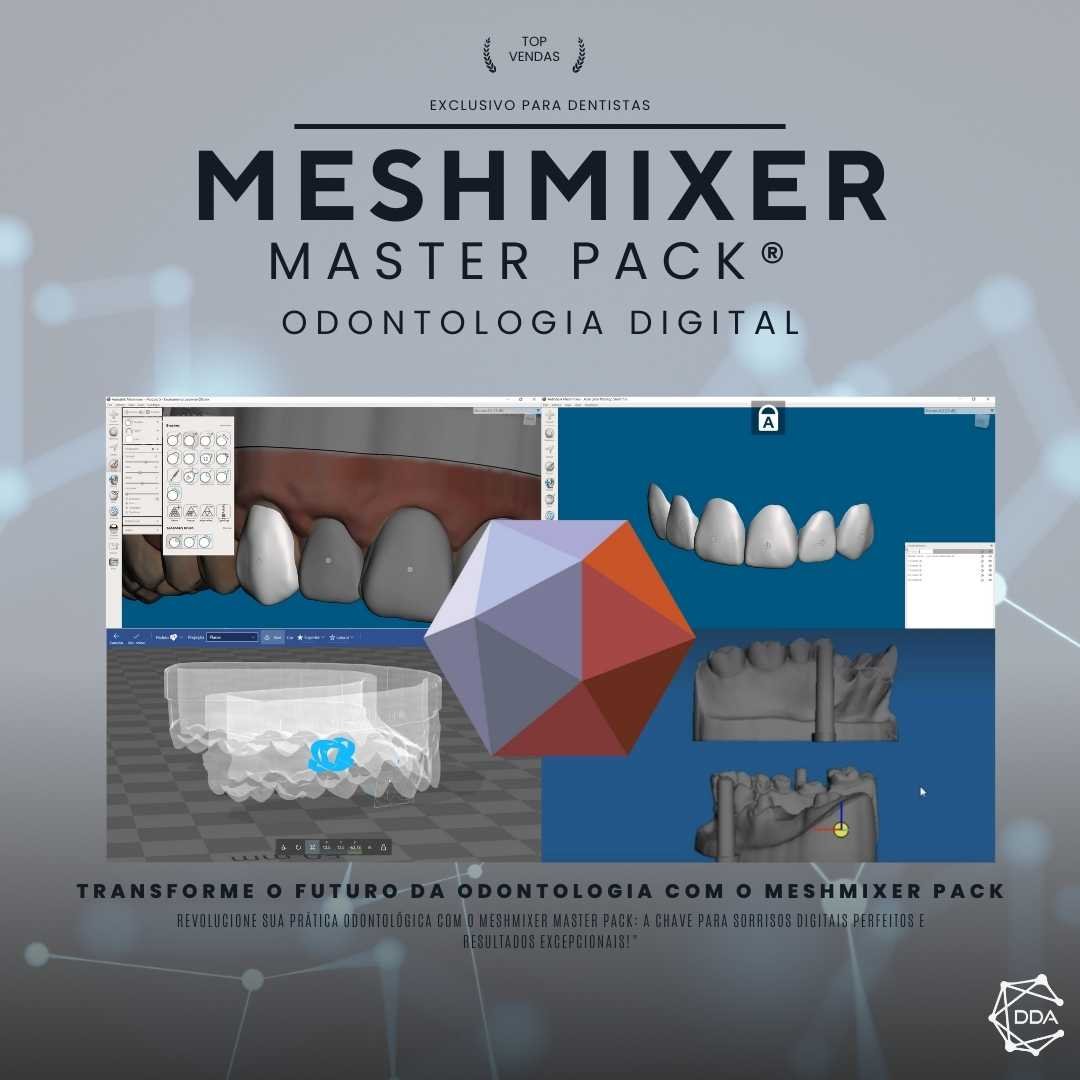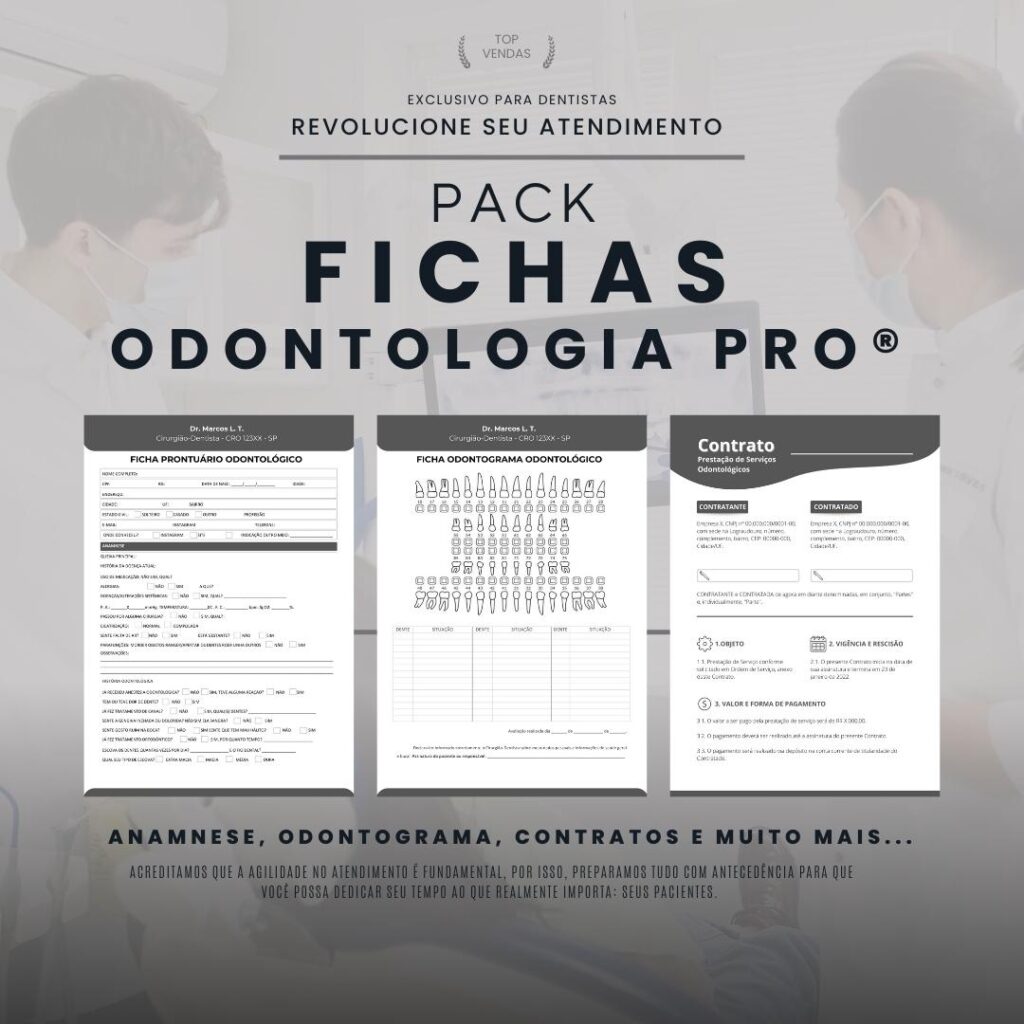Digital impressions in dentistry are an innovative technique that has revolutionized the practice of professionals in the field. With the advancement of technology, traditional plaster molds have given way to high-precision intraoral scanners, which capture digital images of the patient's mouth. These images are then used to create virtual 3D models, which can be manipulated and analyzed in a much more practical and precise way.
In this article, we will explore in detail what digital impressions are in dentistry, their advantages and applications, as well as introduce some of the main technologies available on the market. Read on to find out how this innovative technique can improve the patient experience and increase the efficiency of dental treatments.
1. What is digital impression taking in dentistry?
Digital impression taking in dentistry involves using intraoral scanners to capture digital images of the patient's mouth. These scanners are small, comfortable devices that can be handled by the dentist. When the scanner passes through the patient's mouth, it captures high-resolution images, which are immediately transferred to processing software.
In the software, the captured images are transformed into virtual 3D models, where it is possible to visualize in detail each part of the patient's mouth, such as teeth, gums and bone structures. These 3D models can be manipulated and analyzed in different ways, allowing the dentist to have a more complete and accurate view of the patient's oral health.
2. Advantages of digital impression taking in dentistry
Digital molding in dentistry offers several advantages over traditional plaster molds. Let's look at some of them:
– Greater comfort for the patient: unlike plaster molds, which can be uncomfortable and even cause nausea, the intraoral scanners used in digital molding are extremely comfortable, ensuring a more pleasant experience for the patient.
– Greater precision: Intraoral scanners capture high-resolution images, which ensures much greater precision compared to plaster molds. This is especially important in dental treatments that require a perfect fit, such as the creation of prosthetics or orthodontic aligners.
– Speed of the process: with digital molding, it is possible to obtain 3D models in a matter of minutes, while plaster molds require considerable time to dry. This speeds up the start of treatments, allowing the dentist to provide more efficient care and reducing patient waiting times.
– Digital storage: another great advantage of digital impressions is the storage of virtual models in digital format. This allows the dentist to keep a digital record of the patient’s oral conditions over time, making it easier to monitor changes and aid in future diagnoses.
3. Applications of digital impression in dentistry
Digital impressions in dentistry have a wide range of applications, from simple treatments to more complex cases. Let's look at some of the main areas in which this technique has been used:
– Dental prosthetics: digital impressions make it easier to create dental prosthetics, such as crowns and bridges. 3D virtual models allow the dentist to make precise adjustments, ensuring a perfect fit and a natural appearance.
– Orthodontic aligners: For those looking to correct the positioning of their teeth, orthodontic aligners are an increasingly popular option. With digital molding, it is possible to create virtual 3D models that assist in the manufacture of aligners, ensuring a more precise and efficient result.
– Dental implants: in the area of dental implants, digital impressions allow the dentist to plan the procedure with much more precision. 3D virtual models help determine the ideal size and position of the implant, ensuring an excellent aesthetic and functional result.
– Orthodontics: in orthodontic treatments, digital impressions are an important ally. They allow the orthodontist to analyze the position of the teeth with greater precision, facilitating treatment planning and helping to predict results.
4. Technologies available on the market
In the dental market, there are several technologies available for digital impression taking. Some of the most popular include:
– Intraoral scanners: These devices, such as the iTero and TRIOS, are used to capture digital images of the patient’s mouth. They are highly accurate and provide a comfortable experience for the patient.
– Processing software: after capturing the images, intraoral scanners transfer the information to processing software. There are several software programs available, such as Dental Wings and 3Shape, that allow the manipulation and analysis of virtual 3D models.
– 3D printers: when creating virtual 3D models, they can be used to manufacture prosthetics, aligners or physical models. 3D printers allow these virtual models to be transformed into real objects, with high precision and speed.
5. Conclusion
Digital impression taking in dentistry is a revolutionary technique that has brought significant benefits to patients and professionals in the field. By capturing digital images of the patient's mouth and creating virtual 3D models, it is possible to obtain greater comfort, precision and speed in dental treatments.
Furthermore, digital molding offers the possibility of digitally storing models, facilitating monitoring and diagnosis over time.
With the advancement of technologies available on the market, digital molding has become increasingly accessible and provides increasingly better results. Therefore, if you are looking for a more efficient and comfortable dental treatment, be sure to consult a professional who uses this innovative technique.








